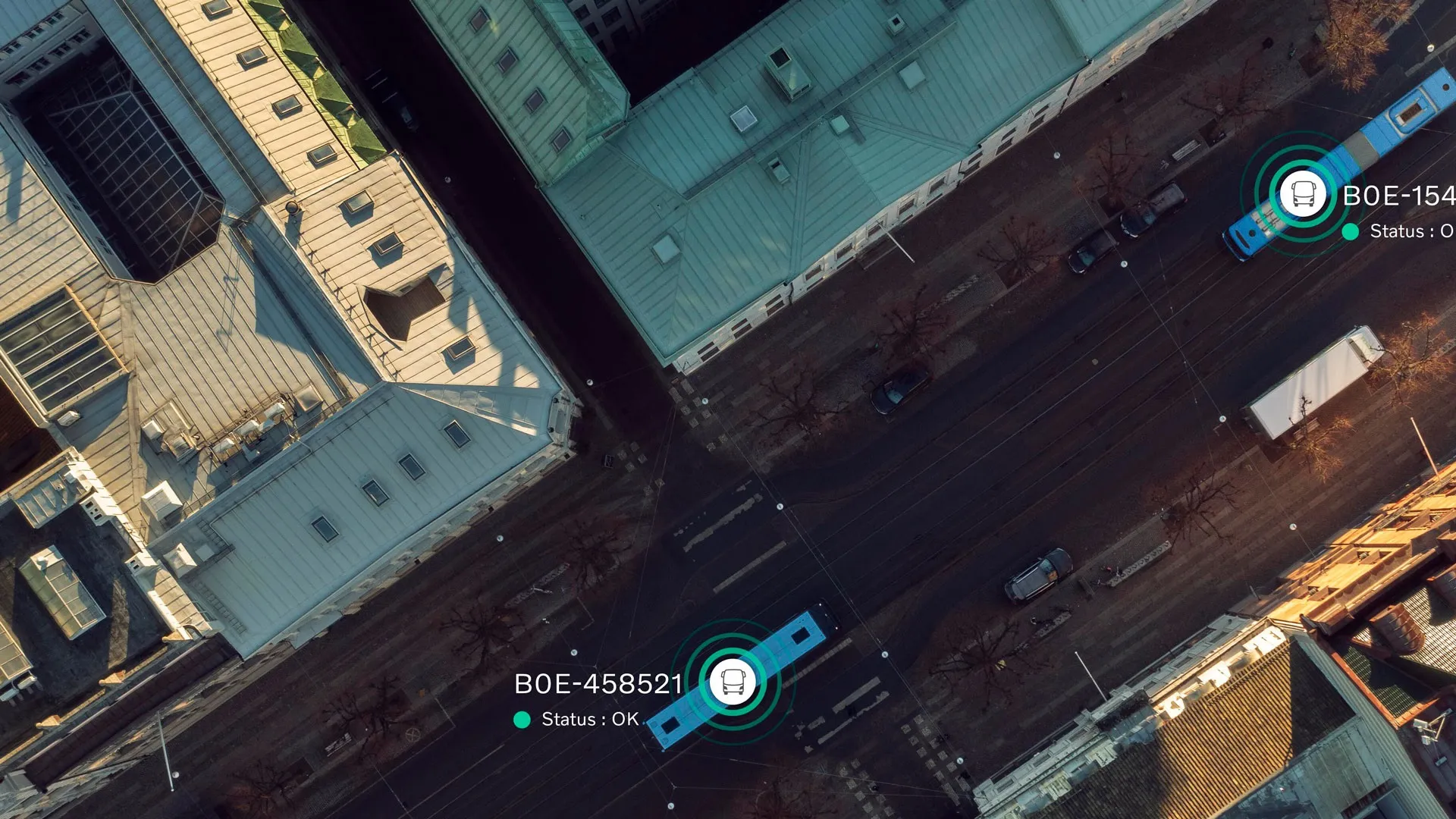Continental is to show its electronic horizon (eHorizon) technology at CES on 6-9 January 2016 on public roads in Las Vegas, Nevada. The company will demonstrate with two use cases based on the latest generation of the technology, the dynamic eHorizon, how data from the cloud can predict the road ahead, ultimately reducing fuel consumption and making vehicles safer.
Continental has used the static eHorizon in commercial vehicle market since 2012 and says it has demonstrated that this technology, which u
December 16, 2015
Read time: 2 mins
Continental has used the static eHorizon in commercial vehicle market since 2012 and says it has demonstrated that this technology, which uses data from a static map stored in the vehicle, enables a significant reduction of fuel consumption of around three per cent on average.
The company has taken the development of eHorizon further by using the cloud and crowd intelligence to enhance the digital map in the dynamic eHorizon backend with fresh and accurate information. This allows Continental to include dynamic and lane specific data such as variable speed limits, traffic lights, construction sites, or obstacles on the road and make it directly usable for vehicle electronics or to inform the driver.
“At the CES we will demonstrate how the dynamic eHorizon enhances drivetrains and warns drivers about hidden dangers in real driving situations. The result: cleaner and safer vehicles thanks to Internet technology” said Ralf Lenninger Head of Innovation, System Development and Strategy at Continental’s Interior division.”










